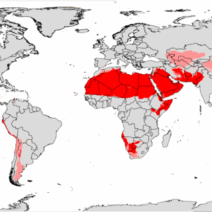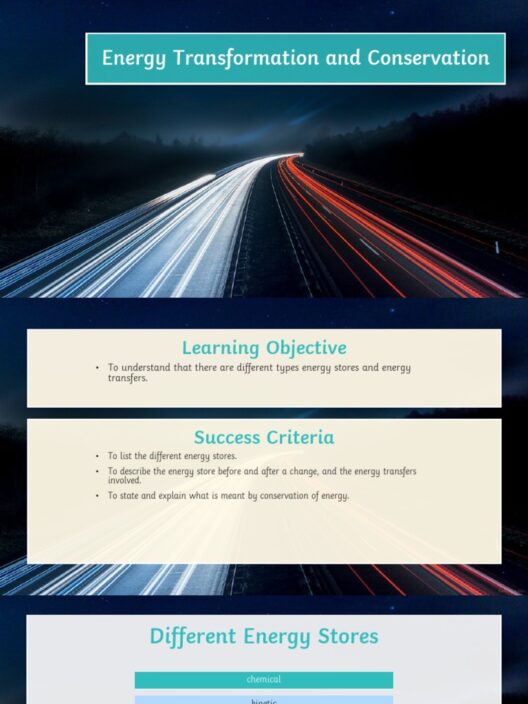Indonesia, an archipelago comprised of more than 17,000 islands, is blessed with an abundance of natural resources, particularly solar energy. With its vast tropical expanse receiving an average of 4-5 kWh/m² of solar radiation daily, the nation stands at the precipice of a renewable revolution. As climate change continues to rear its inconvenient head, Indonesia’s transition towards sustainable energy is not merely a promise but a palpable necessity. By harnessing the sun’s energy, Indonesia seeks to carve a pathway towards a sustainable future, promising both socio-economic upliftment and environmental remediation.
To understand the magnitude of this potential, it’s imperative to examine the current energy landscape in Indonesia. Traditionally, the nation has relied heavily on fossil fuels—primarily coal and natural gas. However, this dependency has triggered a myriad of challenges, from environmental degradation to air pollution and greenhouse gas emissions. The 2015 Paris Agreement underlines the urgency of curbing emissions globally, and Indonesia is no exception. The country has committed to reducing its greenhouse gas emissions by 29% by 2030, with an ambitious target of achieving 23% of its energy from renewable sources.
Solar energy, in particular, has emerged as a beacon of hope. The deployment of solar photovoltaics (PV) remains relatively nascent in the region, yet the potential for expansion is staggering. With advances in solar technology and enduring reductions in costs, solar energy can realistically meet a significant percentage of Indonesia’s energy demands. By harnessing this inexhaustible resource, Indonesia could not only provide power to its sprawling urban centers but also to its remote villages, where energy accessibility has long been an impediment to development.
An intriguing aspect of Indonesia’s renewable revolution lies in the coupling of solar energy with economic advancement. Microgrid systems powered by solar energy enable localized energy production, reducing transmission losses and enhancing energy security. These systems can be especially transformative for rural communities, which often lack a reliable power supply. Imagine entire villages illuminated by the sun’s energy! The transformative capacity of solar energy can spur small businesses, enhance educational opportunities, and even facilitate advancements in healthcare by powering essential medical facilities.
Furthermore, the sociopolitical implications of shifting towards renewable energy cannot be understated. In Indonesia, the fossil fuel industry has historically driven economic and political agendas, often overshadowing environmental considerations. However, as the renewable sector burgeons, there exists a tantalizing opportunity for a paradigm shift in energy governance. Stakeholders, including local communities, governmental organizations, and non-profits, can work synergistically to create an ecosystem that prioritizes sustainability over short-term gains. Collaborative ventures and public-private partnerships can facilitate greater investment, technological innovation, and knowledge sharing.
Moreover, the integration of solar energy into Indonesia’s grid infrastructure is not merely a technological challenge but a question of public engagement and education. Awareness campaigns that elucidate the benefits of solar energy, both environmentally and economically, can inspire widespread community involvement. Enthusiasm for renewable energies can be kindled through educational initiatives, workshops, and incentive programs designed to encourage households and businesses to adopt solar technologies. Here, the role of the media and grassroots organizations can be pivotal in galvanizing public sentiment and fostering a culture of sustainability.
Nevertheless, obstacles remain on the road to a solar-driven Indonesia. The initial capital investment required for solar technologies can be substantial, and the nascent state of infrastructure presents further challenges. Issues surrounding regulatory frameworks, permitting processes, and grid connectivity need to be navigated diligently to facilitate widespread adoption. Addressing these barriers will require concerted efforts from the government to create a conducive environment for investment in renewable energy. Innovative financing solutions, such as green bonds or low-interest loans for solar projects, may be necessary to lower the economic threshold for consumers and businesses alike.
Another vital component to consider is the potential for solar energy to mitigate climate-induced vulnerabilities faced by Indonesia, especially in the context of extreme weather events and rising sea levels due to climate change. By decentralizing energy production and prioritizing solar energy, Indonesia can bolster its resilience against the adverse effects of climate variability while simultaneously reducing its carbon footprint. A shift towards renewable energy creates a dual advantage: aiding in climate adaptation efforts and contributing to global emission reduction targets.
As Indonesia forges ahead with its renewable revolution, the success stories of other nations can serve as illuminating case studies. Countries like Germany and Denmark, which have greatly invested in renewables, offer valuable insights into policy frameworks, technological advancements, and community engagement strategies. Indonesia has the unique opportunity to learn from these examples while tailoring approaches that resonate with its diverse populace and unique geographical challenges.
In conclusion, the potential for solar energy in Indonesia is expansive and transformative. The sun offers more than just illumination; it promises a sustainable future invigorated by resource independence and economic revitalization. Indonesia’s renewable revolution stands as a testament to the power of innovation, community, and resilience. As the nation embraces this shift, it not only aligns itself with global efforts to combat climate change but also sets a noteworthy precedent for other developing countries to follow. The journey may be fraught with challenges, but the potential for profound change is undeniably bright, much like the sun that shines upon this remarkable archipelago.








